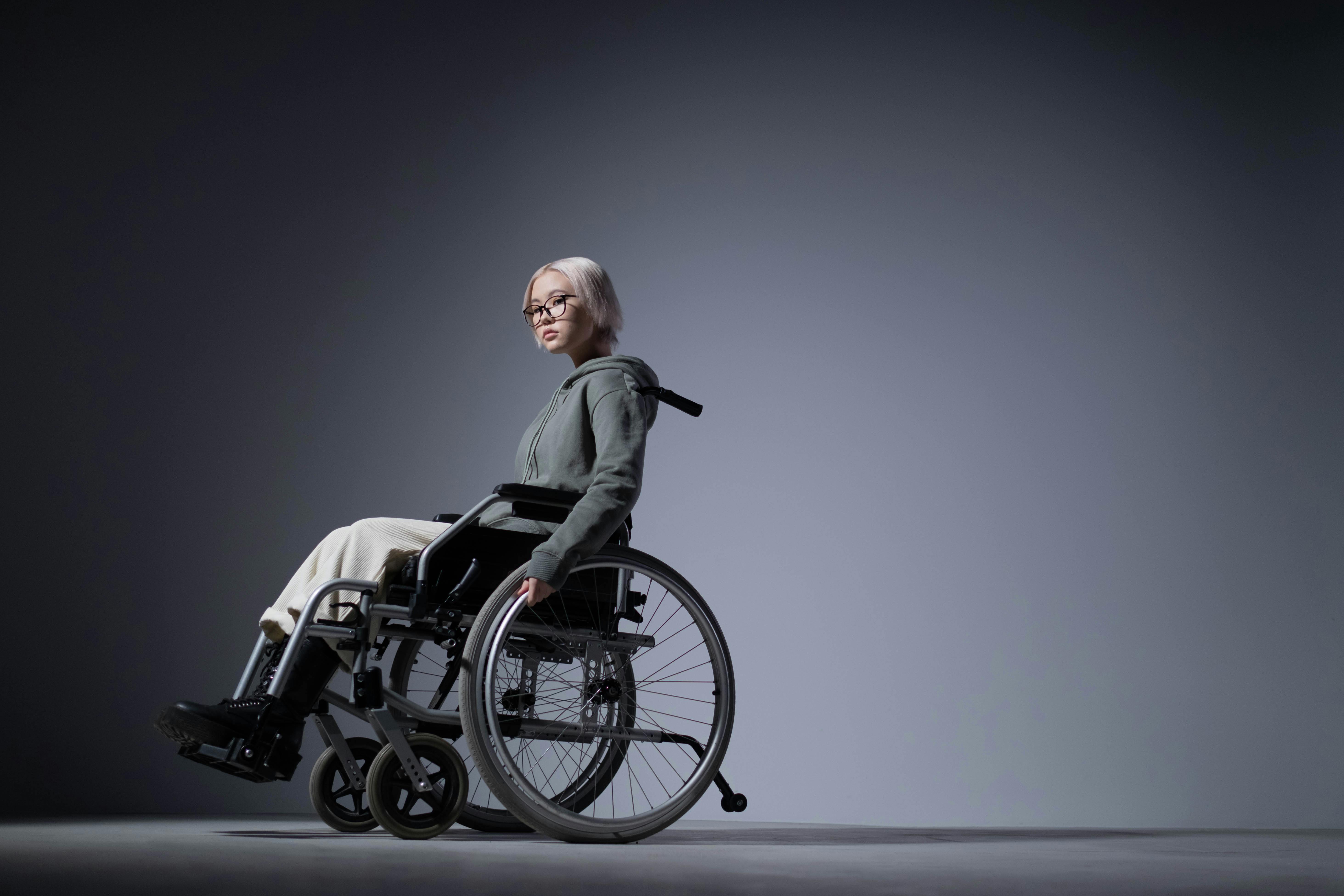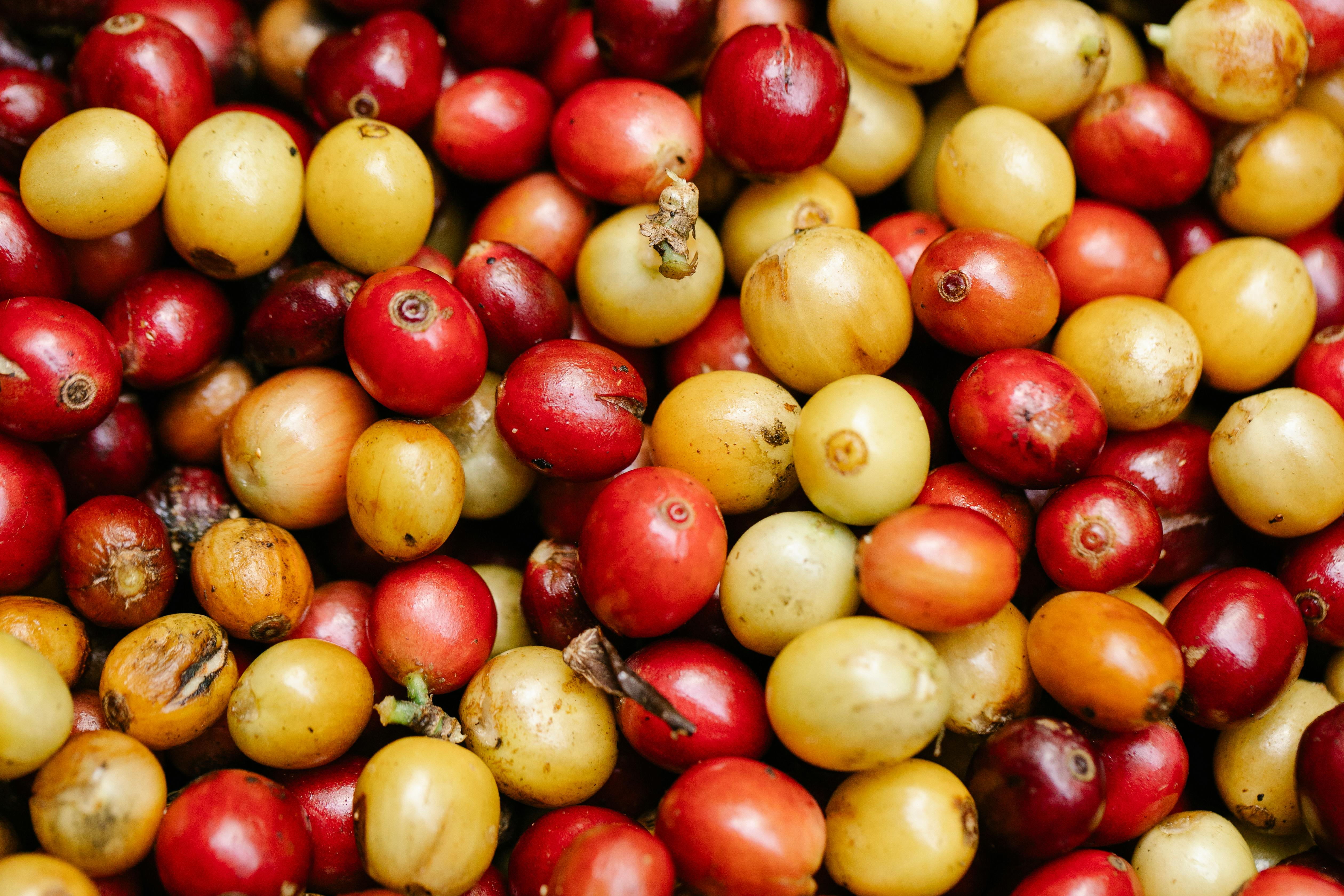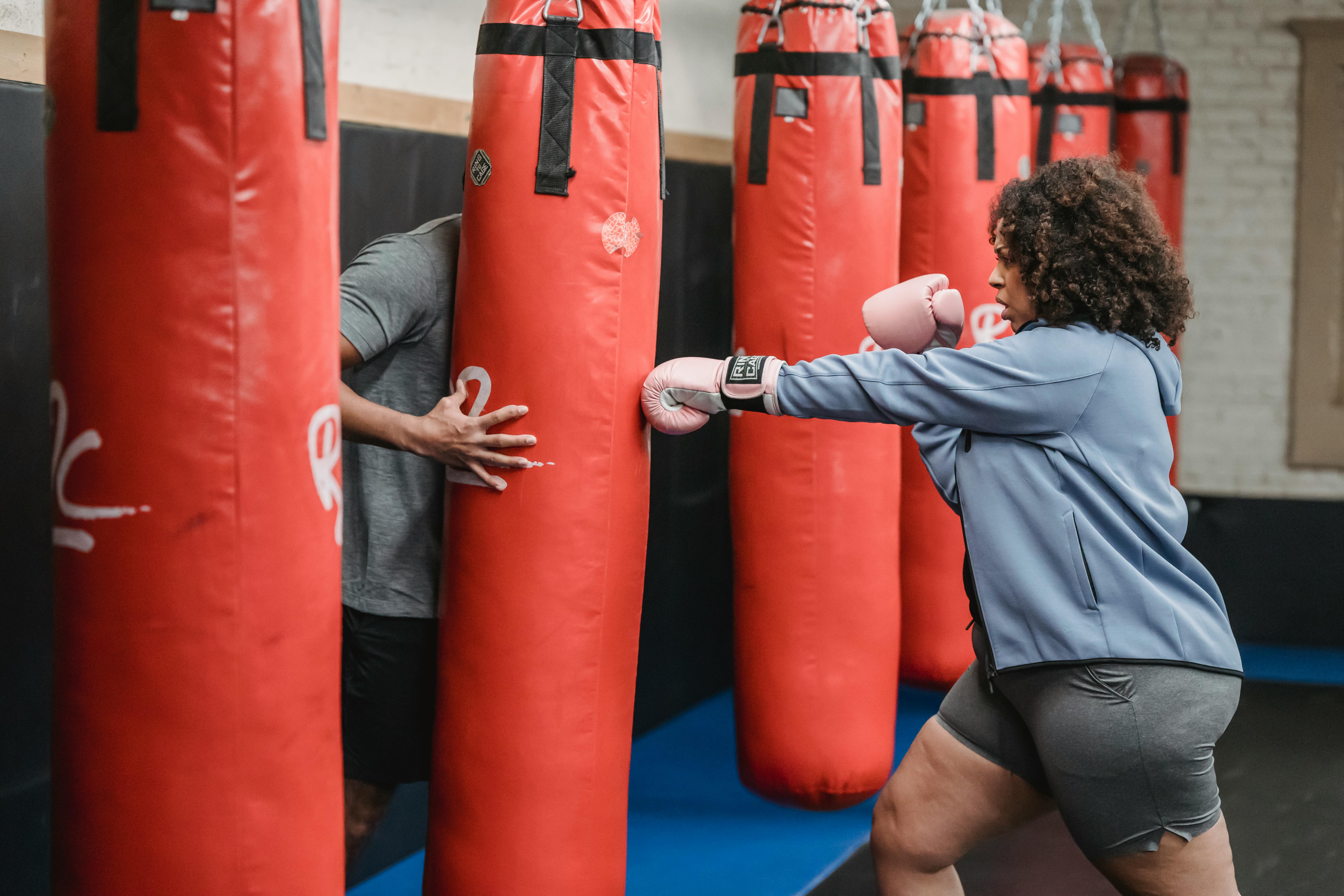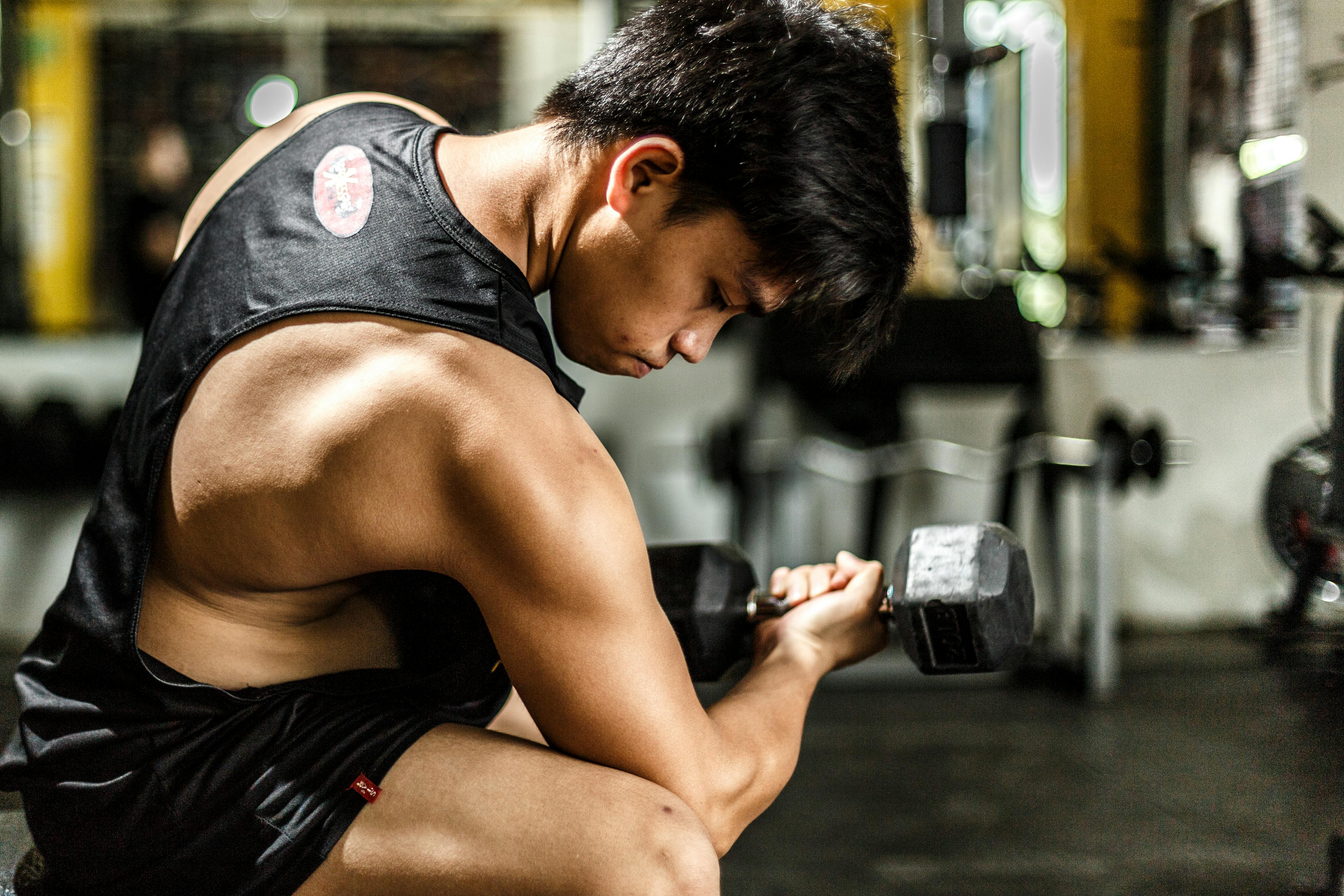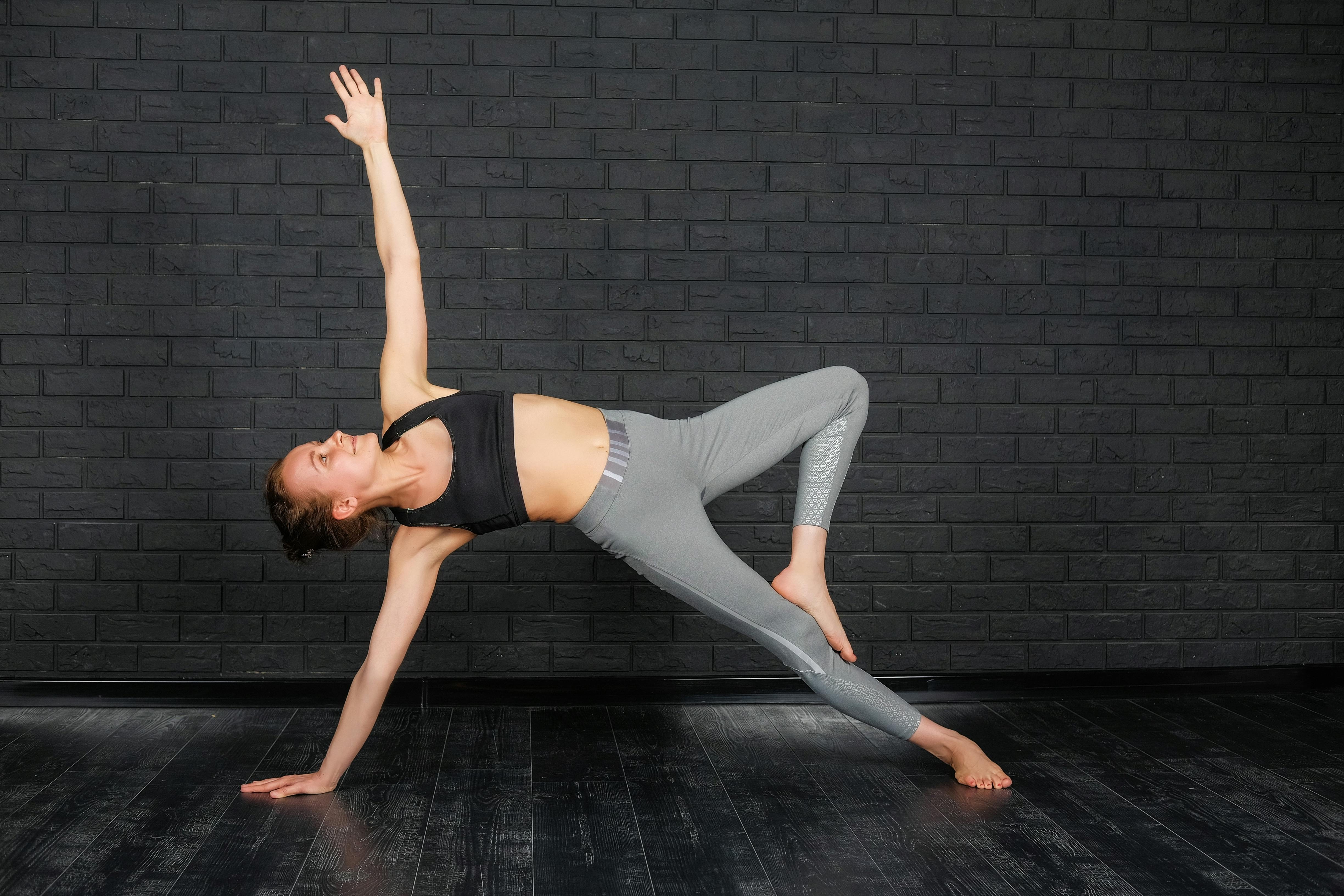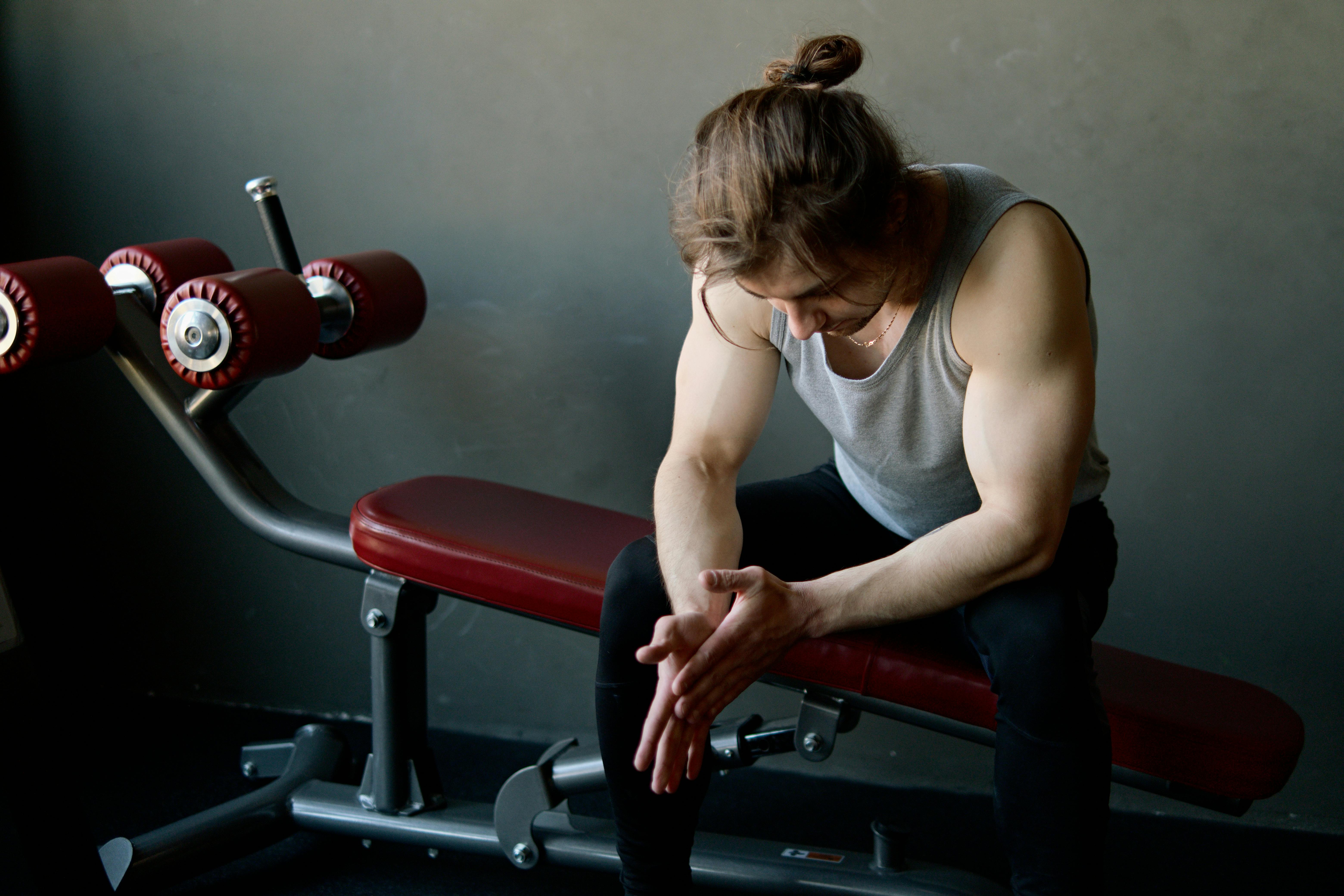
Erectile dysfunction does not have to be a life sentence. There are numerous ways to improve performance, and one way is to make sure you eat a healthy diet. Eating the right foods will ensure that you get the correct nutrients for optimal health. However, if you have a busy lifestyle and can’t always eat nutritious meals, you can always enhance your diet with vitamin supplements, which can help increase sexual desire and combat erectile dysfunction. Here’s the rundown on vitamins A through E, and how each can benefit you.
Vitamin A. This is a fat-soluble vitamin that plays an essential role in reproduction. You can get vitamin A by eating sweet potatoes, carrots, kale, mangoes, turnips, spinach, romaine lettuce, papaya, red bell peppers, and broccoli.
Vitamin B. The B vitamins are a group of water-soluble vitamins that are essential for the proper functioning of nearly every process in the body, including supplying energy, regulating hormones, maintaining a healthy nervous system, regulating cholesterol and triglyceride levels and the relief of stress and anxiety. Although it is possible to obtain supplements that contain all of the necessary B vitamins, the best source of the necessary B vitamins is through a balanced diet of meat, seafood, nuts, seeds, grains, fruits, and vegetables.
Each specific B vitamin is responsible for specific functions, the main ones being described below.
B1-Thiamine. B1 is essential for maintaining a healthy nervous system and for the function of important enzymes that help the body convert food into fuel. It is considered an anti-stress vitamin because it supports the immune system and improves the body’s ability to withstand stressful conditions.
Food sources of B1 include brown rice, peanuts, peas, sea vegetables such as candy flakes and kelp, wheat germ, rice bran, and most whole grains.
B2-Roboflavin. B2 aids in the metabolism of carbohydrates, fats, and proteins. It is involved in the function of the adrenal glands and in the production and regulation of certain hormones. Its role in maintaining an energy supply for the body is crucial, as it helps convert carbohydrates into adenosine triphosphate (ATP), a compound needed to store energy in muscles. Vitamin B2 also promotes healthy skin, muscles, nerves, heart, and eyes, the production of red blood cells and antibodies, and the absorption or activation of iron, folic acid, and vitamins B1, B3, and B6. . Vitamin
B2 is found mainly in meat, fish, eggs, vegetables, dairy products, and grains.
B3-Niacin. Niacin plays an essential role in the manufacture of enzymes, which aid in the metabolism of fats and proteins to provide energy for cells. It is also essential for the synthesis of various hormones in the body, including sex hormones, and helps regulate the digestive and nervous systems. Niacin is also effective in improving circulation and lowering blood cholesterol levels.
The best dietary sources of vitamin B3 are found in beets, brewer’s yeast, beef liver, beef kidney, fish, salmon, swordfish, tuna, sunflower seeds, and peanuts. Bread and cereals are often fortified with niacin. Also, foods that contain tryptophan, an amino acid that the body converts to niacin, include poultry, red meat, eggs, and dairy products.
B5-pantothenic acid. B5 plays an important role in sexual function. When taken with a supplement called choline, it helps the body make more of a substance called acetylcholine (also known as Ach). ACh is the neurotransmitter in the brain that transmits sexual signals down the spinal cord and onto the nerves that serve the penis. These signals trigger the body’s production of nitric oxide, which is essential for the dilation of penile blood vessels, allowing the penis to fill with blood. Studies have confirmed that with too little ACh, sexual activity decreases.
The best sources of B5 are yeast, liver, and eggs. Other good sources are peanuts, mushrooms, peas, soybeans, and soybean meal.
B6-pyridoxine. Vitamin B6 is necessary for the synthesis of neurotransmitters such as serotonin and dopamine. It also helps moderate the level of homocysteine, an amino acid normally found in the blood. There is evidence that elevated homocysteine levels increase the risk of heart disease and stroke.
Excellent sources of vitamin B6 include spinach, bell peppers, and turnip greens. Very good food sources of vitamin B6 include garlic, tuna, cauliflower, mustard greens, banana, celery, cabbage, crimini mushrooms, asparagus, broccoli, kale, kale, Brussels sprouts, cod, and Swiss chard.
Vitamin C. Vitamin C is an antioxidant, along with vitamin E, beta-carotene, and many other plant-based nutrients. Antioxidants block some of the damage caused by free radicals, which occur naturally when our bodies turn food into energy. The buildup of free radicals over time may be largely responsible for the aging process and may contribute to the development of health problems such as cancer, heart disease, and arthritis.
Some excellent sources of vitamin C are oranges, green bell peppers, watermelon, papaya, grapefruit, cantaloupe, strawberries, kiwi, mango, broccoli, tomatoes, Brussels sprouts, cauliflower, cabbage and citrus juices or juices fortified with vitamin C. Raw and cooked leafy greens (turnip greens, spinach), red and green bell peppers, fresh and canned tomatoes, potatoes, winter squash, raspberries, blueberries, lingonberries and pineapple are also rich sources of vitamin C
Vitamin E. Vitamin E is a fat-soluble vitamin that helps protect vitamin A and essential fatty acids from oxidation in the body. Studies have shown that vitamin E reduces the risk of coronary artery disease by limiting the oxidation of LDL cholesterol.
Vitamin E has also been called the “sex vitamin” as it plays an important role in the production of sex hormones, protecting them from oxidation and degradation. It has a protective effect on sperm cell membranes and may also help improve sperm motility.
Excellent sources of vitamin E include mustard greens, turnip greens, Swiss chard, and sunflower seeds. Other good sources include almonds, spinach, kale, parsley, kale, papaya, olives, bell pepper, Brussels sprouts, kiwi, tomato, blueberries, and broccoli.
